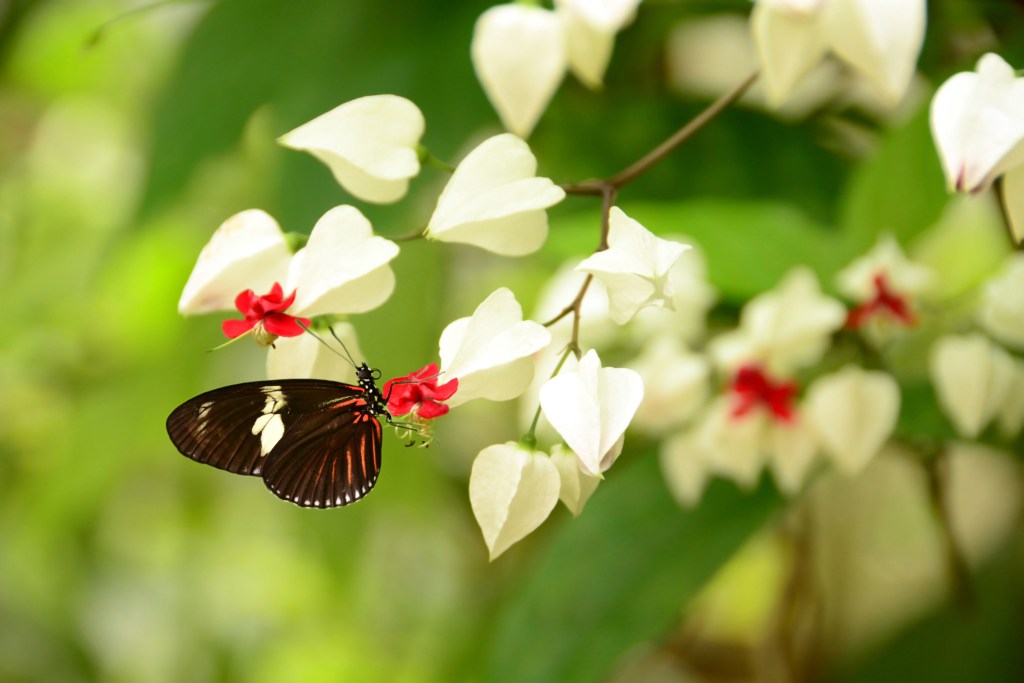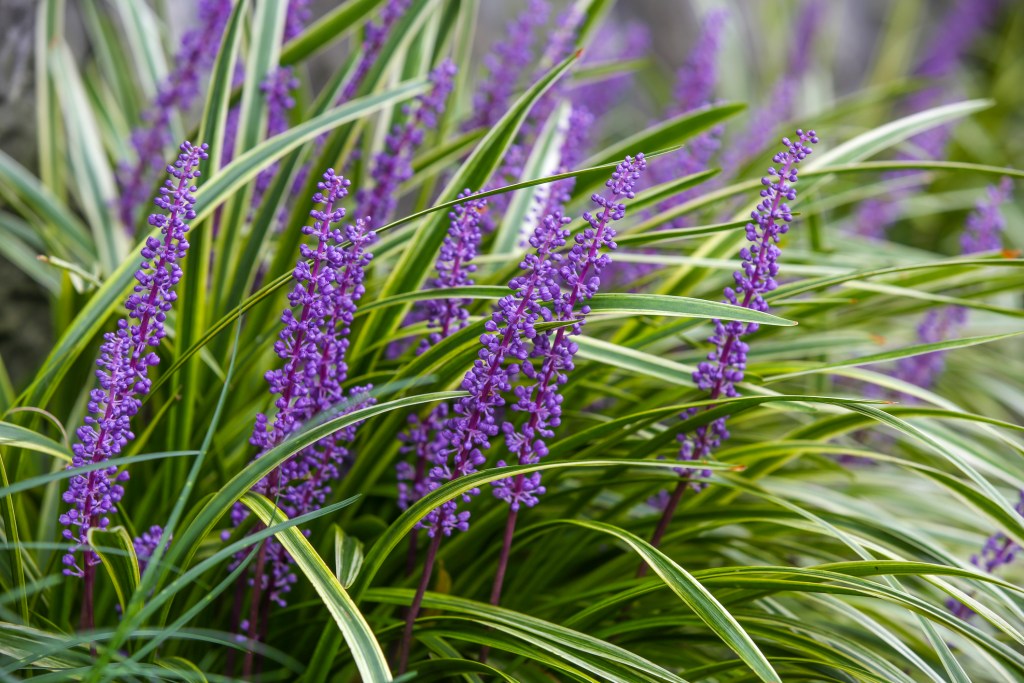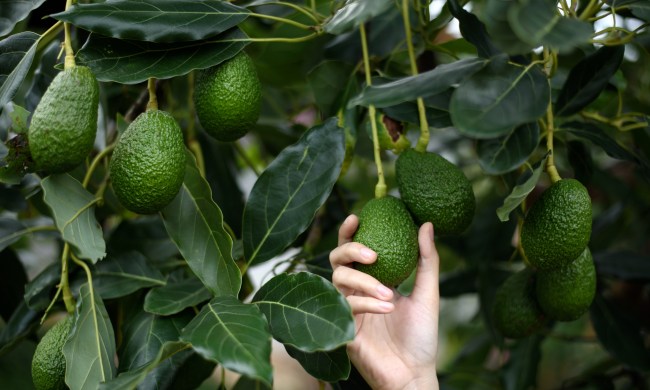Zone 10 is one of the warmest zones on the USDA’s Plant Hardiness Zone Map, but that doesn’t always mean that you have full sun readily available there. There are plenty of instances where you might want a plant that thrives in filtered light — for example, you may live in an apartment with limited light or want to leave plants beneath a tree or patio awning. Luckily, plenty of shade-loving plants thrive in zone 10’s long growing season. If you’re on the lookout for the most stunning zone 10 shade plants, read ahead for our top recommendations.

Cast-iron plant
Marked by thick, dark green leaves, the cast-iron plant has a reputation for being something of an indestructible plant. While often kept as a potted houseplant, it can make for a lush, hardy groundcover in zone 10. It can reside in a dark area, but it thrives in medium light in outdoor shade — just keep it out of direct light, which can scorch leaf tips.
Other than lighting, this plant isn’t much of a heavy feeder and can get root burn if you fertilize it outside of the growing season; it does best when left to its own devices. You can stick with a standard potting mix or garden soil and water your cast-iron plant once the first couple of inches dries out.
Fuchsia flower
Cultivate beautiful blooms that resemble drooping teardrops with the fuchsia flower, which comes in lovely hues of white, pink, purple, and red perfect for a delightful cottage garden. Besides its lush flowers, the fuchsia also flaunts stunning leaves with oval shapes and serrated edges. Though an annual in many areas, it is perennial in zones 10 and 11. Wondering which varieties to go for? The kinds with small flowers, such as encliandras, are particularly well-suited for zone 10 regions that feature warm, dry air throughout the year.
When it comes to care, the fuchsia flower requires bright indirect light to continually bloom but requires only a minimum of three hours of direct light a day. With that in mind, an area that gets morning shade and good afternoon light is ideal. You also want to keep the soil consistently moist and feed your plant with a diluted all-purpose fertilizer throughout the growing season. If your climate is dry, it can be helpful to mist your fuchsia or leave your planter on a tray of pebbles.

Bleeding heart vine
The tropical bleeding heart flaunts white heart-shaped bases from which red flowers pop out, which gives it a unique “bleeding” appearance. The vining leaves tend to be light green and look great against a fence or trellis for a charming storybook appearance. The bleeding heart thrives in partial shade with bright indirect light, although its growth may slow down in limited light. Its blooms are similar in appearance to the herbaceous woodland bleeding heart, but it’s only perennial in zones 9 through 11.
This plant is happiest in well-draining soil that’s relatively moist and fertile. To encourage blooms, fertilize your bleeding heart vine with well-balanced plant food throughout the growing season.
Elephant ear
In zone 10, many elephant ear cultivars, including the “Black Magic” and dwarf elephant ears, are virtually evergreen thanks to warm temperatures. Essentially, this means that you won’t have to worry about digging up their tubers and carefully overwintering them. Partial filtered shade, or even full shade, is ideal for the elephant ear to maintain its large, heart-shaped leaves without burning. Beneath shady trees or next to a fence are ideal placements for this shade-loving plant.
At the end of the day, your elephant ear plant should remain relatively happy if you keep its soil consistently moist but never soggy. In the summer, combat grueling temperatures by mulching your soil. While wind and frost may not be prominent issues in zone 10, they’re worth keeping in mind come winter since these elements can damage your elephant ear’s leaves.

Lilyturf
Great as a border or groundcover plant in cottage gardens, the lilyturf, or liriope, has thick, grass-like foliage that’s often striped and accompanied by white or purple blooms emerging from flower spikes. What’s beloved about lilyturf is that it’s relatively low maintenance. Shade is a suitable environment for it since it can grow very aggressively with too much bright direct light.
Besides thriving in the shade, lilyturf also happens to be drought, deer, and salt tolerant. Plus, it can work as a water-smart alternative to grass lawns that doesn’t require constant watering or fertilizing.
If you have a shady spot in your zone 10 garden, you can easily cultivate plants that thrive and push out beautiful foliage and flowers. From the cast-iron plant to the lilyturf, many hardy plants love both filtered light and warm temperatures. No matter if you want to build a tropical paradise or cottage garden, you’ll be able to set your landscape design in motion in a shady zone 10 area.



